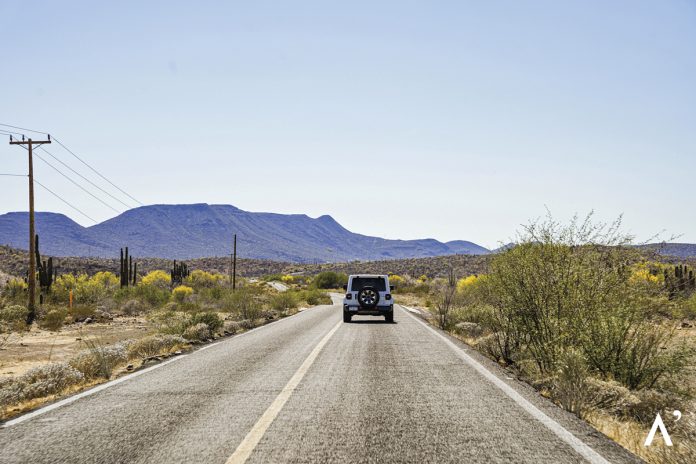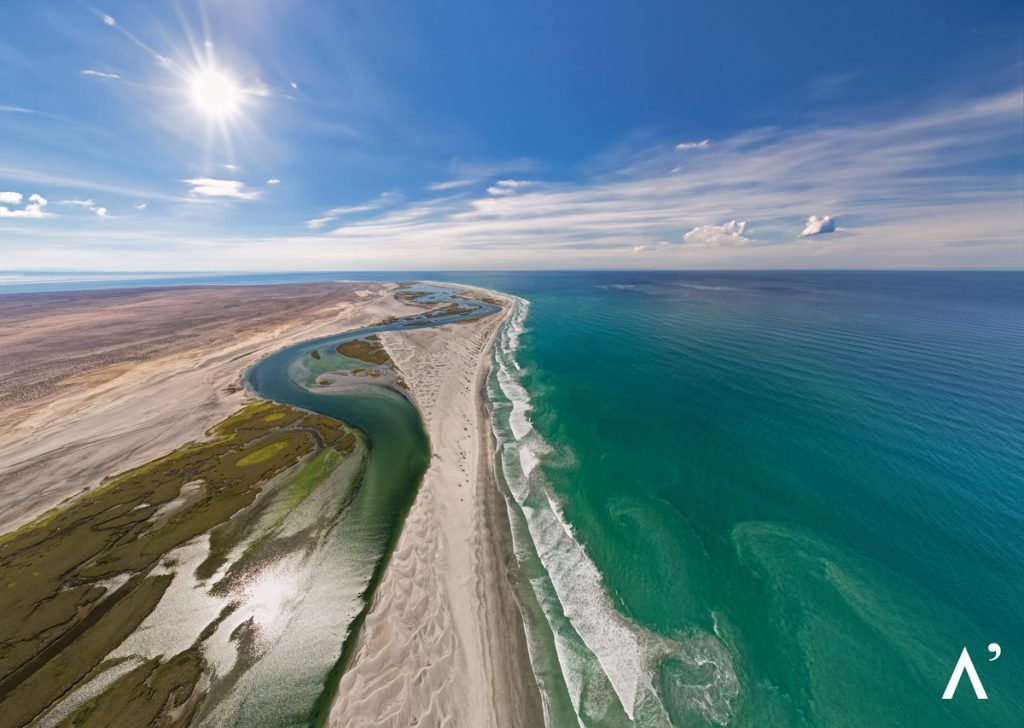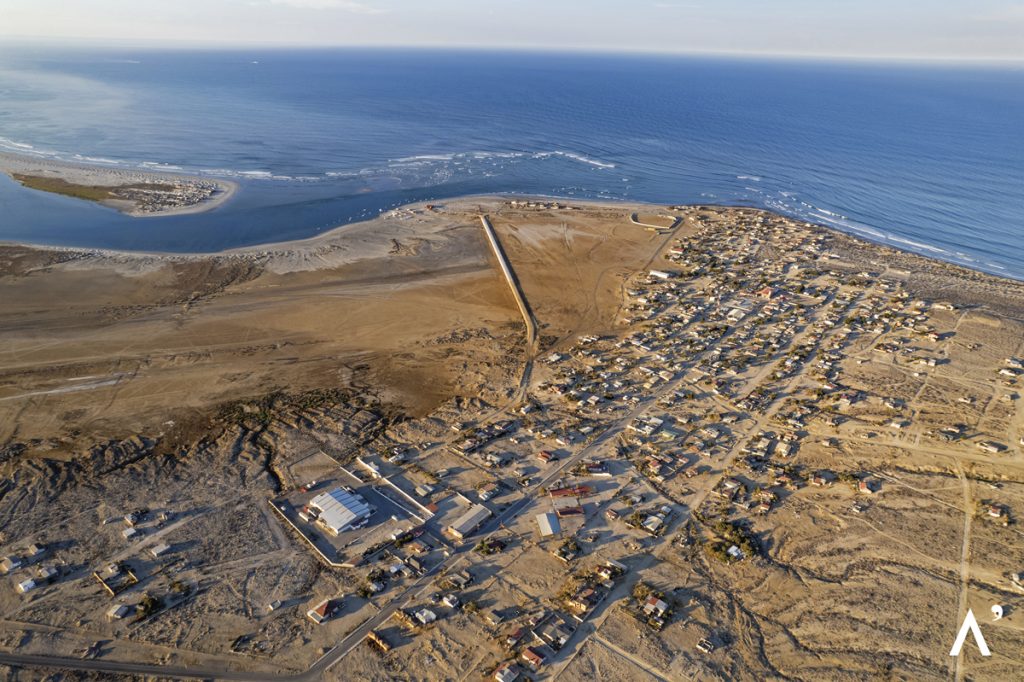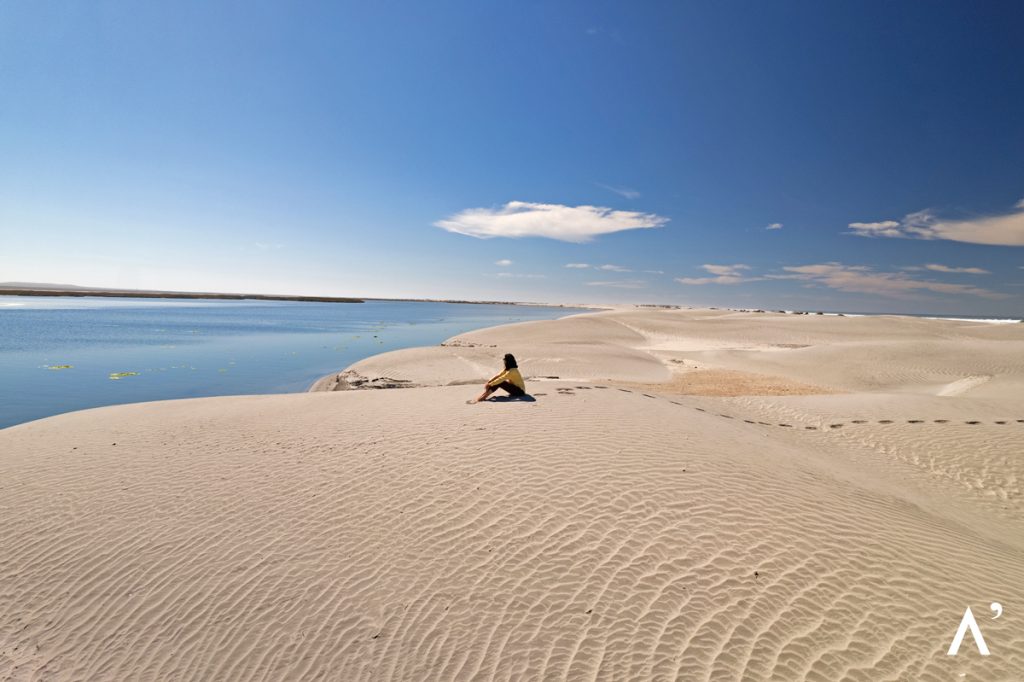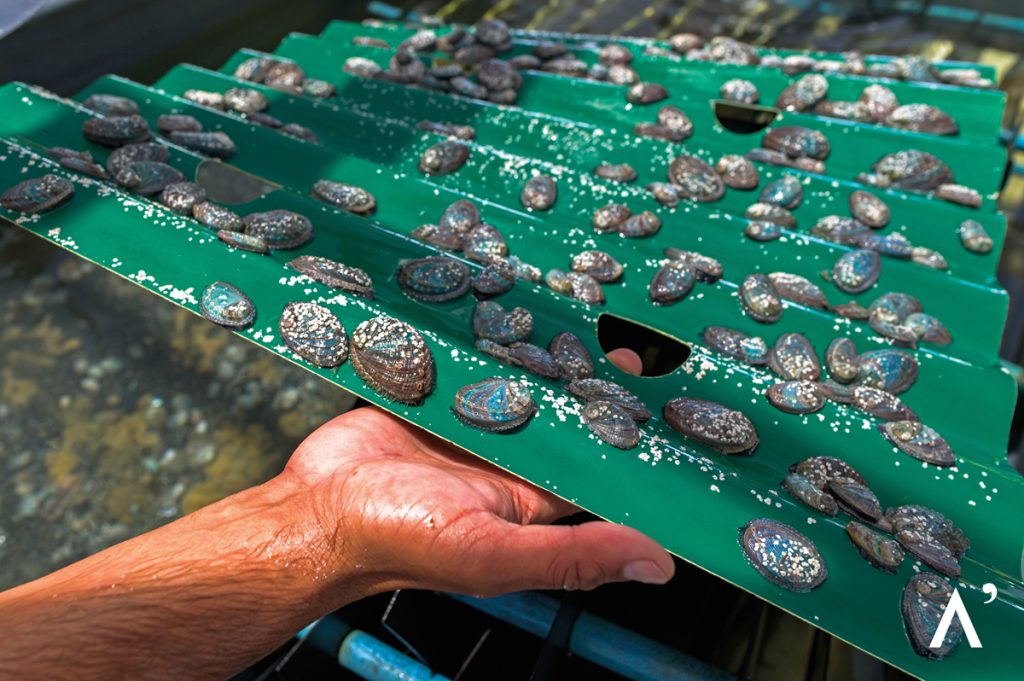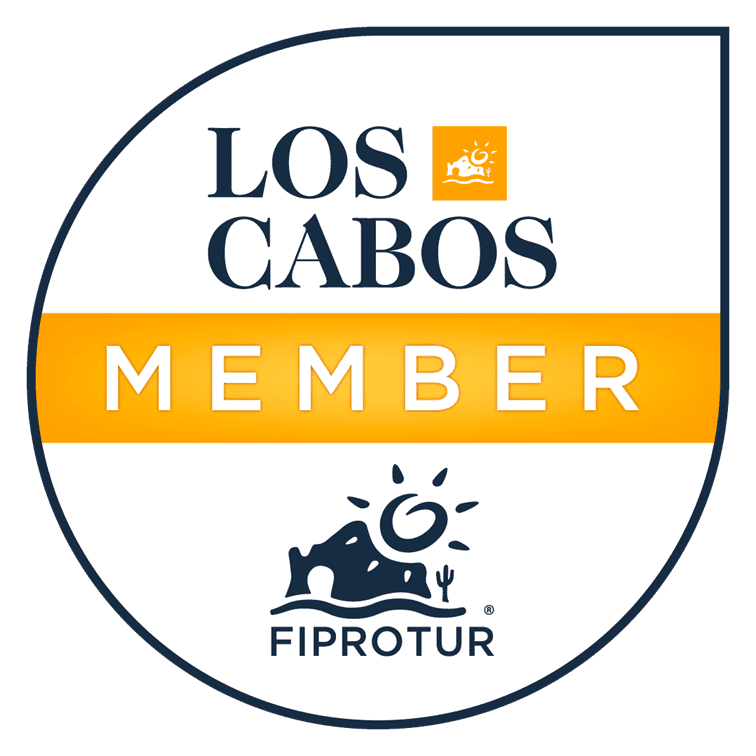After thorough deliberation, we have finalized the itinerary for the next edition. Our journey will take us from Cabo San Lucas to the salt exporter in Guerrero Negro, with the inclusion of two additional destinations that have long piqued our interest. We are thrilled to announce our visit to three remarkable points: Guerrero Negro, Estero de la Bocana, and Malarrimo (Bahia Tortugas), all nestled within the municipality of Mulegé in the Vizcaíno Biosphere Reserve. The expedition spans 924km this time, excluding the detours to Estero de la Bocana and Malarrimo.
Once we received the itinerary, we shared it with Gabriel Fonseca Verdugo, the municipal chronicler of Los Cabos. He adjusted his schedule so he could accompany us, and we were confident that his skills as a documentary filmmaker would enormously enrich our trip.
Estero de la Bocana and An Abalone Farm
At kilometer 799 of the Transpeninsular Highway, we took a detour to the North Pacific, heading towards Estero de la Bocana. We drove for another hour along a road with some salt marshes that looked spectacular with the illumination in the late afternoon sunlight.
Edith and her husband Valentin were our hosts in the fishing community, which had 1,300 inhabitants. After driving for 10 hours, we arrived to find dinner ready in their beautiful dining room, and we sincerely felt at home. They offer lodging for travelers in a cabin called La Bocanita Little House, located 2 km from the village on the seashore. Initially, staying at such a distance felt strange, but once we arrived, we realized how fortunate we were. They also have another unit, a studio apartment, right across the street from their house in the center of the village.
The next day, Edith prepared breakfast for an early morning at her house, and we organized ourselves to start the day’s program. With pencil in hand, Juan Domingo Aguilar Ozuna, an oceanology engineer, explained the plan: we would leave the cooperative’s restaurant to visit the dunes. On our way back, we would have an excursion to the abalone farm.
We arrived at the beach and found them already waiting to take us on a boat to the dunes. It was quite curious that the boat was being towed by a tractor. The driver was highly skilled at it and seemed to enjoy the adventure, especially when he saw our amazement.
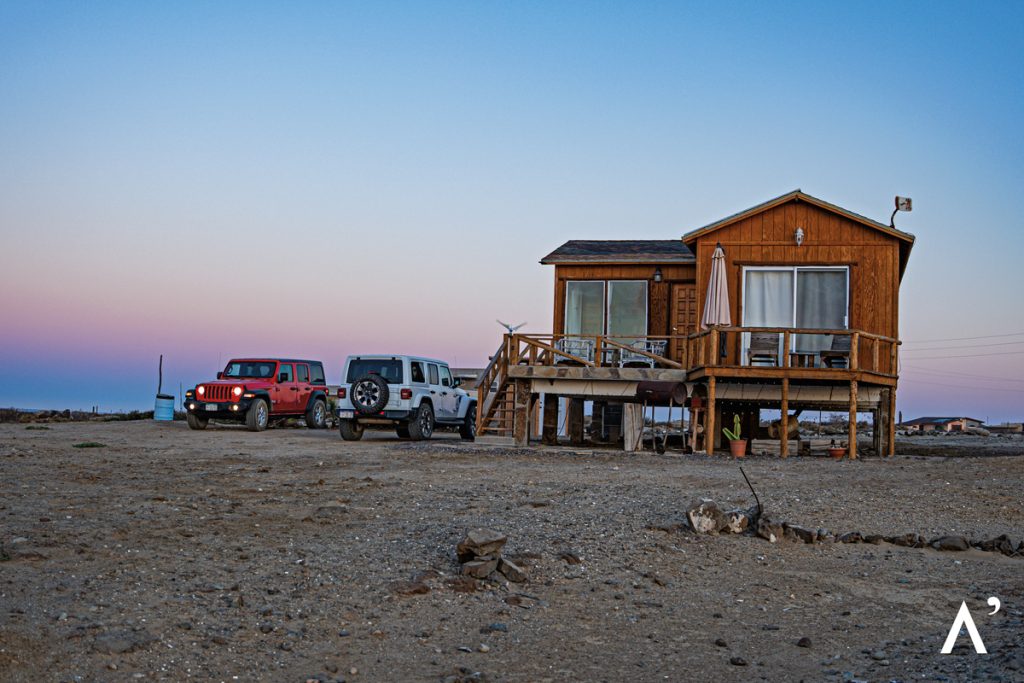
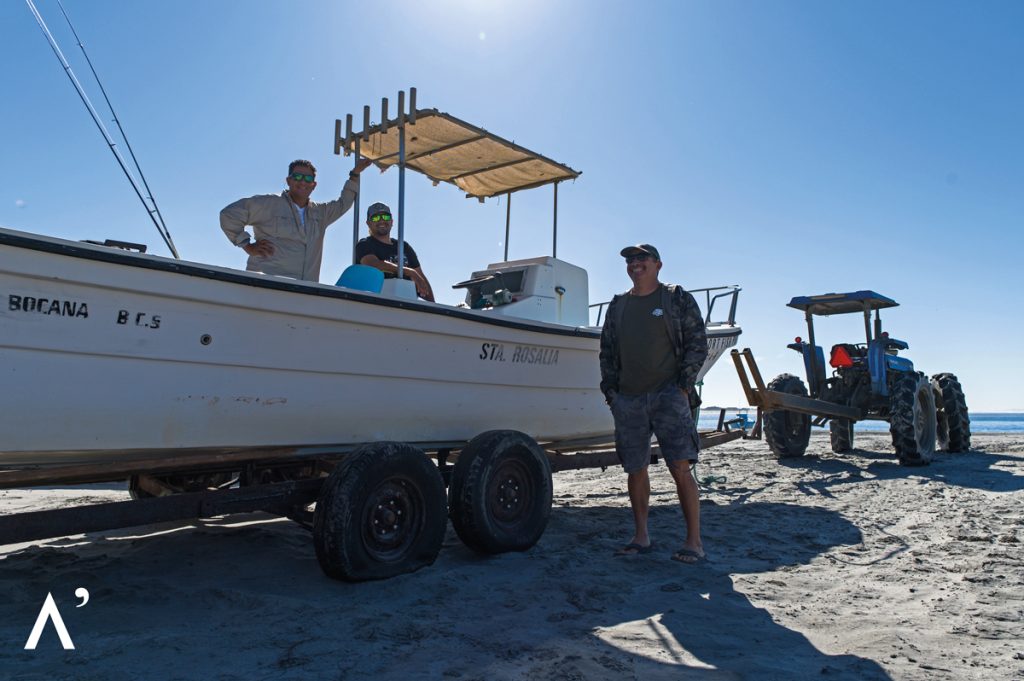
As we started to leave the small town, we observed the unique plants and animals of the estuary. Suddenly, the dunes shone with their light on the left side. It’s no wonder, considering their significance within the habitat – for thousands of years, they have protected the land from strong winds and provided ecosystems for countless species that adapt to the environment.
Upon arrival, we disembarked in search of images that would help us tell the best possible story of this experience. We dispersed, each of us finding a way to make the most of and contemplate the moment.
On our way back, we encountered a small island where various birds were gathered. It recalled Isla de Patos, situated on the route to Isla Magdalena in Comondú. And, of course, on the beach, the tractor was ready and waiting to tow us out of the sea.
Juan Domingo, who was also the captain of the boat, leads the abalone farm. He proudly showed us each tank and explained that they are divided according to the growth stages of the young abalones. He also mentioned that the Japanese first introduced the knowledge of abalone farming to the inhabitants of the Estero de la Bocana. Abalones require air and water throughout the day to thrive in an ideal habitat. The farm contributes to sustainability through abalone cultivation, with most of the production sold to China. Juan Domingo acknowledges the work of his predecessors and expresses gratitude for their joint effort in establishing and running the farm. He took over the farm from Daniel Aguilar, and the entire process can be seen in the video.
We cherished these moments to reflect on his childhood memories. His source of inspiration is his hardworking family, particularly his mother’s brothers. From a young age, he aspired to emulate their work ethic and contribute to the community. He was determined to follow in the footsteps of his uncles. His earliest recollections entail his mother taking him fishing with a small line, leaving a lasting impression. Together, they surfed and gathered crabs and clams, creating joyful memories at the beach.
After our visit, Juan Domingo took abalones for us to taste at lunchtime and prepared them himself. Following lunch, Edith assisted us in interviewing Don Cipriano Murillo Orozco, the founder of the cooperative, who shared some insights into the history of Estero de la Bocana.
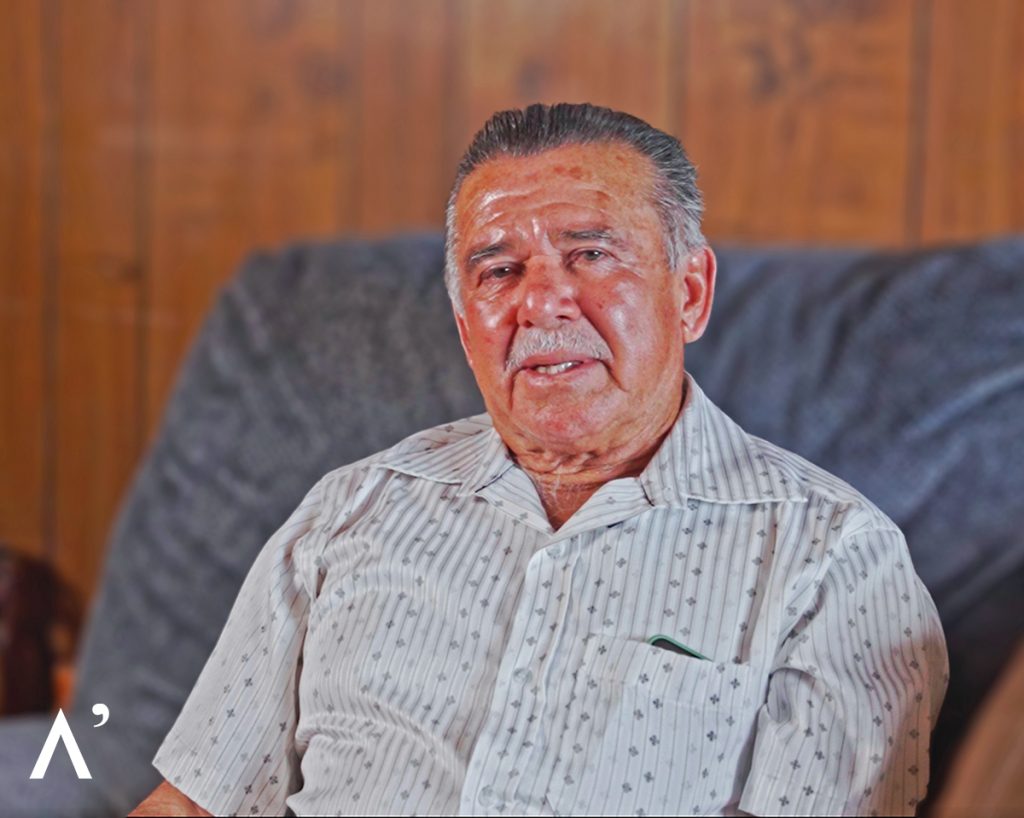
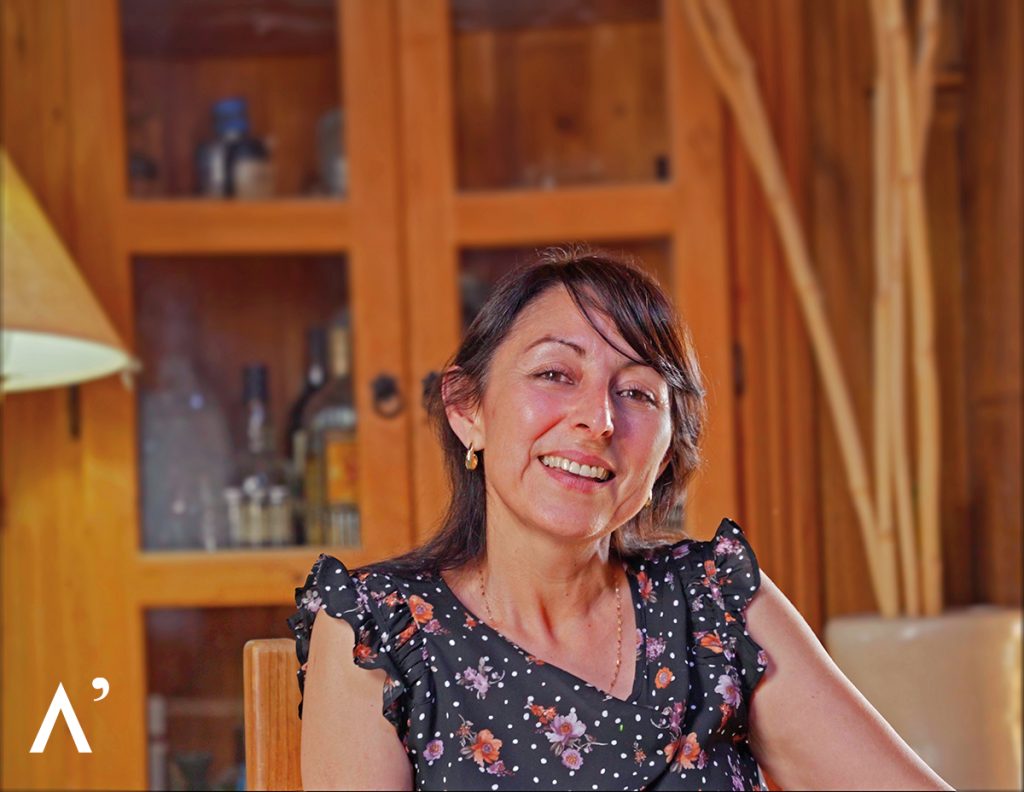
We had an incredible conversation with Don Cipriano, who achieved fulfillment in diving as his profession and way of life. We were all inspired by how organized and proud the Progreso Cooperative Society is and impressed by how they apply their regulations. 115 families directly depend on it, and 120 families benefit indirectly. Their collaboration is genuinely remarkable.
To conclude our visit, we interviewed Edith. We were curious to hear the story of a woman born in this port. With her incredible sense of hospitality, we wanted to learn from her about the South Californian way of life in the North Pacific, where people live like a family. Later, we went to photograph the sunset near La Bocanita Little House.


